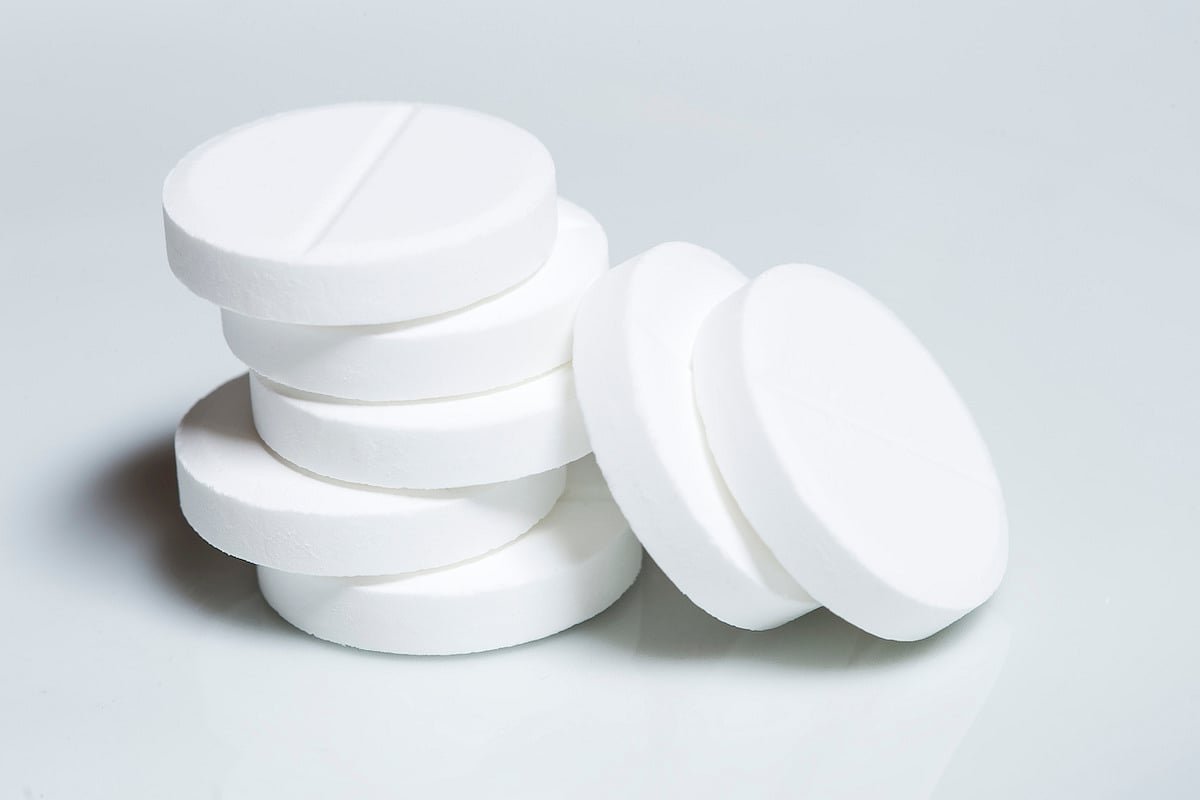Highly effective therapies as a first-line option in pediatric-onset MS results in sustained reduction of clinical and radiological disease activity over 5 years.
“The common thing to do in POMS is still to [do] escalation therapy and thus to start with a MET” [2], said Nail Benallegue (Nantes University, France). In a retrospective observational study (NCT02889965), Benallegue and colleagues compared the real-world effectiveness of Highly effective therapies (HET) and moderately effective therapies (MET) on disease activity and evaluated treatment cessation [1]. They used data from 36 French MS expert centers participating in the French MS registry. The study population consisted of 530 treatment-naïve children less than 18 years of age with relapsing-remitting MS (RRMS) who initiated MET (n=422) or HET (n=108) between 2010 and 2022. For data analysis, an innovative parametric time-to-event model was used to estimate the dynamics of event rate adjusting for confounders.
The results showed that after a median follow-up of 5.8 years, both HET and MET reduced the risk of first relapse during the first 2 years of treatment. Over a 5-year period, HET reduced this risk of first relapse with 54% compared with MET (adjusted HR, 0.46; 95% CI, 0.31-0.67; P<0.001). In these first 5 years, the yearly relapse risk was 20% in the MET group and 8% in the HET group. These results were confirmed by a 66% reduction of new T2 and Gadolinium-enhancing (Gd+) lesions with HET at 2 years, measured with MRI in 300 patients (adjusted OR, 0.34; 95% CI, 0.18-0.66; P=0.001). There was no difference in Expanded Disability Status Scale score progression.
MET was associated with a fourfold higher risk of discontinuation within 2 years (HR, 5.97; 95% CI, 2.92-12.20), mostly due to inefficacy or intolerance. At 5 years, 86.1% of children had discontinued MET and 50.7% HET. Overall, a HET strategy was sustained in 92 (85.2%) children; 257 (60.9%) children on MET switched to HET.
Copyright ©2023 Medicom Medical Publishers




















Create Post
Twitter/X Preview
Logout